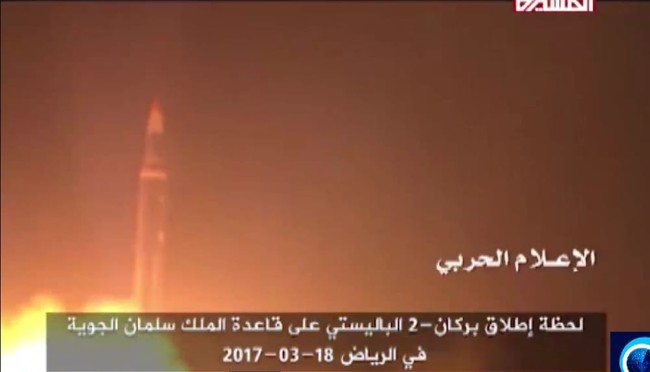
Last Saturday, the Patriot missile battery defending Riyadh’s interational airport shot down an inbound missile. Initial reports claimed that it was a Soviet era SCUD-B, called the Burkhan 2H by Yemeni forces. Now, after investigation, that story has changed:
Iran manufactured the ballistic missile fired by Yemen’s Shiite rebels toward the Saudi capital and remnants of it bore “Iranian markings,” the top U.S. Air Force official in the Mideast said Friday, backing the kingdom’s earlier allegations.
The comments by Lt. Gen. Jeffrey L. Harrigian, who oversees the Air Force’s Central Command in Qatar, further internationalizes the yearslong conflict in Yemen — the Arab world’s poorest country.
Saudi Arabia long has accused Iran of giving weapons to the Shiite rebels known as Houthis and their allies, though Tehran has just as long denied supplying them.
“There have been Iranian markings on those missiles,” Harrigian told journalists at a news conference in Dubai ahead of the Dubai Air Show. “To me, that connects the dots to Iran.”
Iranian apologists (and I’m kicking myself in the ass for not saving the tweets Saturday night) claim there is no possible way that Iran could be supplying Yemen with ballistic missiles but the smuggling route from Iran to Yemen has been covered in detail in the open media:
In March, regional and Western sources told Reuters that Iran was shipping weapons and military advisers to the Houthis either directly to Yemen or via Somalia. This route however risked contact with international naval vessels on patrol in the Gulf of Oman and the Arabian Sea.
For the last six months the Islamic Revolutionary Guards Corps (IRGC) has begun using waters further up the Gulf between Kuwait and Iran as it looks for new ways to beat an embargo on arms shipments to fellow Shi‘ites in the Houthi movement, Western and Iranian sources say.
Using this new route, Iranian ships transfer equipment to smaller vessels at the top of the Gulf, where they face less scrutiny. The transhipments take place in Kuwaiti waters and in nearby international shipping lanes, the sources said.
“Parts of missiles, launchers and drugs are smuggled into Yemen via Kuwaiti waters,” said a senior Iranian official. “The route sometimes is used for transferring cash as well.”
This, by the way, is the second missile launched into Saudi Arabia that was claimed to have been Iranian, that earlier launch took place in July. What makes this different is that USCENTCOM has said it agrees.
What makes this all “interesting” is that Saudi Arabia said this missile attack was an “act of war” by Iran (gee, a missile attack on the capital city an act of war?). Saudi Arabia has ordered its citizens to leave the Iranian satrapy of Lebanon (someone remind me again why we are arming the Lebanese army?). And all of it is taking place in the context of Crown Prince Mohammed al Salman moving to consolidate his power in anticipation of becoming the next king of Saudi Arabia, al Salman is a vocal anti-Iran hawk–and he was rumored to have secretly visited Israel in September. And it is taking place in the context of a United States that is finally seeing Iran, clearly, as an enemy state and the president, in his visit to Saudi Arabia, encouraged Saudi Arabia and the Gulf States and Israel to make common cause against Iran.
Though I’m reticent to quote anything emanating from any of the various NBC outlets, this piece struck me as being fairly accurate:
Crucial news keeps flying out of Saudi Arabia at a frantic pace, but here’s the bottom line: The Saudis are marching ever closer towards a wider regional war. And the U.S. may have helped send them down that path.
…
But Saudi-Iranian hatred has been even more intense during this same period. They remain the two leading combatants in the centuries-old Sunni-Shia civil war for Islamic supremacy. Iran is the more powerful military player while Saudi Arabia has more cash and control of the Islamic holy sites of Mecca and Medina.Enter the last two American presidential administrations. First, the Obama team seemed to be giving Iran a major leg up by promoting the nuclear deal with Tehran and — just as importantly — working to end many economic sanctions and release up to $150 billion in frozen assets back to the mullahs.
Next, the Trump administration comes in vowing to either nix or radically modify that nuclear deal and bashing Iran in a way no other president ever has. More aggressive anti-Iranian hawks like bin Salman may have seen Donald Trump’s election as an excuse to win the day over more dovish princes and ministers. And the White House seemingly gave Saudi Arabia a green light.
Whether the U.S. initiated this or the Saudis took advantage of a new administration, it’s not clear where it goes next. Some kind of peace deal or cooperation agreement between the Saudis and the Iranians does not seem very likely. Remember, their dispute goes beyond and long predates America’s involvement or seeming favoritism to either side.
But if full blown war breaks out directly between the two countries, it’s hard to see the U.S. being able to sit it out without at least some form increased weapons support and other aid. Then it will be up to Iran’s possible allies, like Russia and China to make the next move.
I think the Russia/China bit is gratuitous fearmongering but the rest I basically agree with. The odds of Saudi Arabia and Iran engaging in conflict are very high and it will only get more dangerous in the near future.
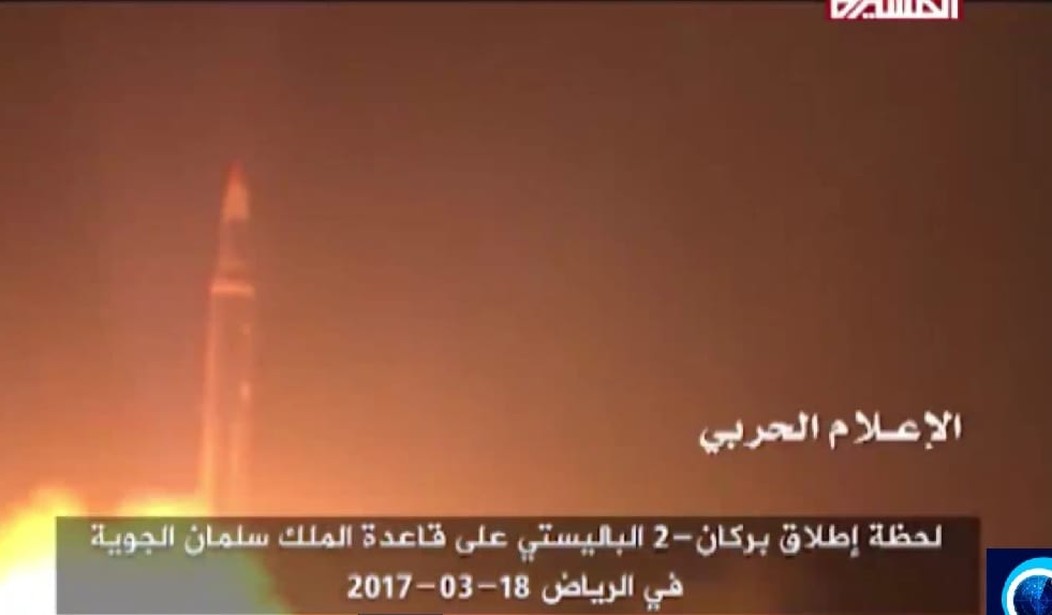
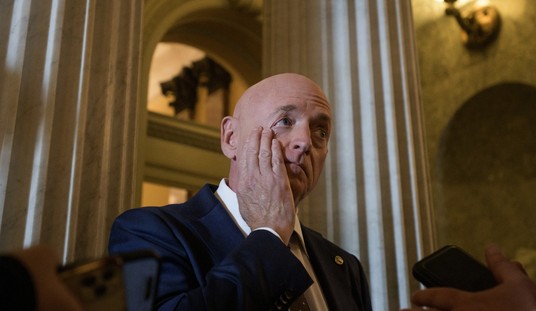
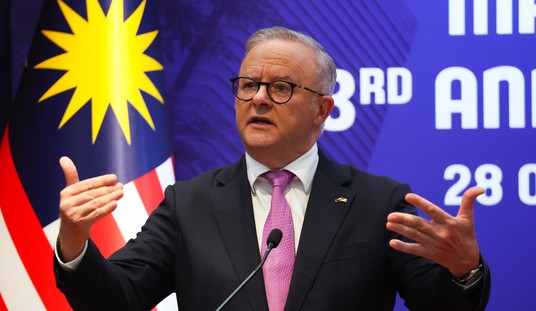


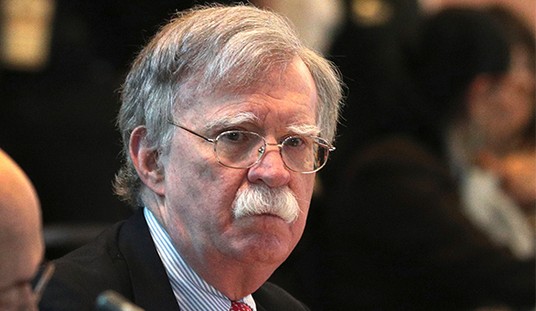


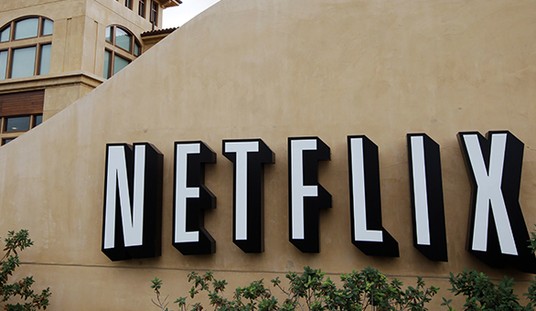
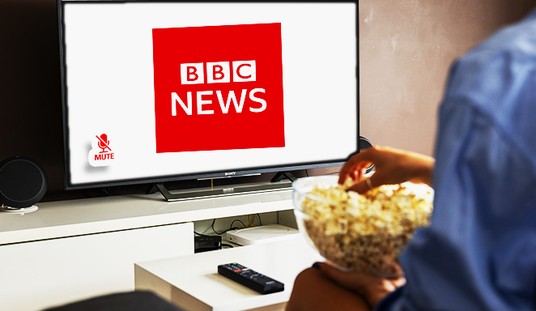



Join the conversation as a VIP Member